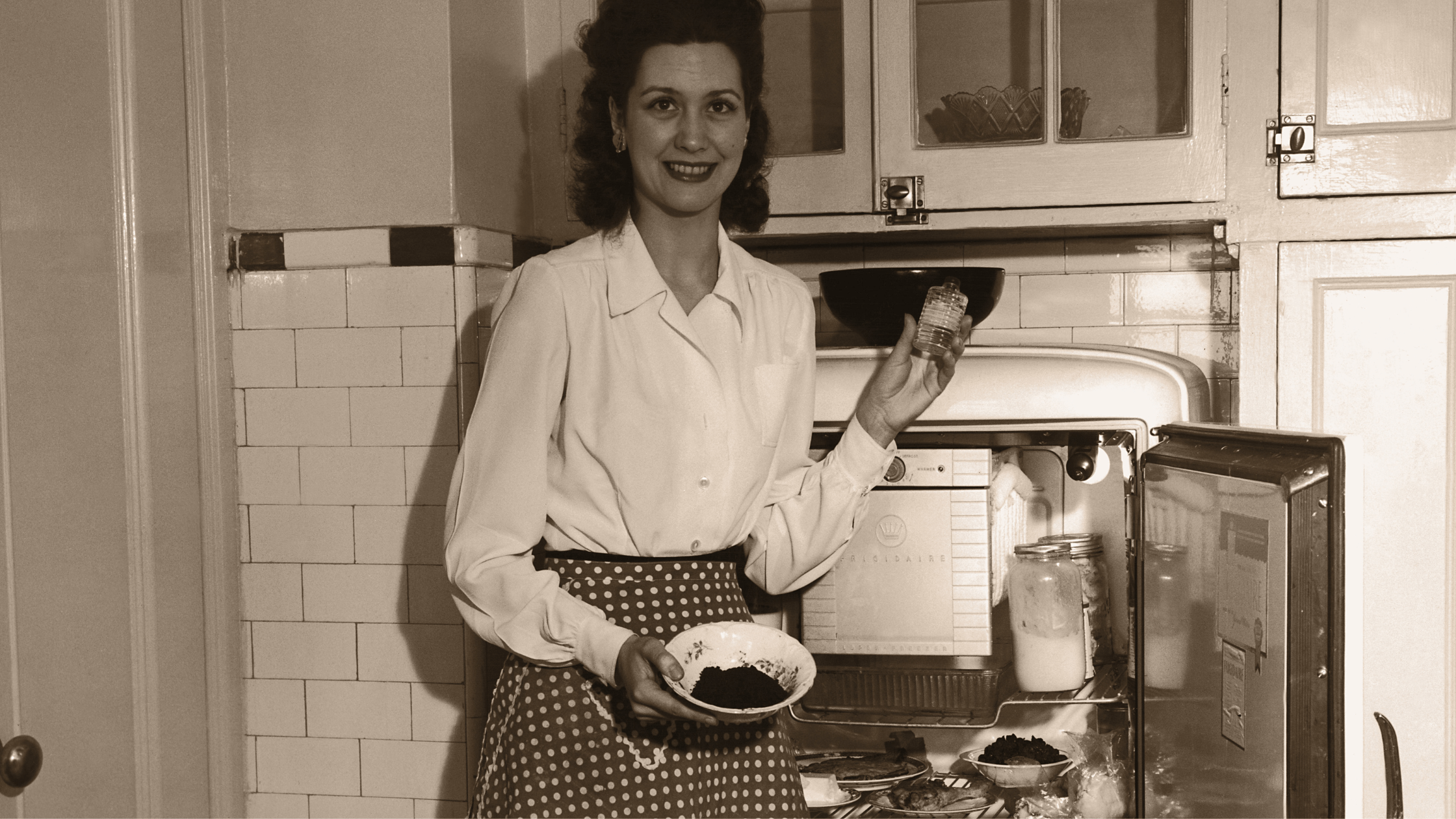Changes in the role of women and the link between this and fertility treatment

Women in society – what has changed in the last 75 years?
· More women are going to university and choosing to have professional careers
· More women are earning their own income, in their own right and having more disposable income too
· There is less pressure from society for women to marry and have children at a young age
· Many women are becoming the main earners and the number of ‘stay-at-home’ dads is increasing
· Many couples are sharing the childcare responsibilities, by both working part-time or more flexibly
· There is no longer a stigma around unmarried women having babies
· Single women can go through IVF treatment using a sperm donor
· Same sex relationships and same sex marriages have become legal in the UK
· Since 2008, same-sex couples have been recognised as the legal parents of children conceived through IVF using a sperm donor
· More companies are allowing flexible working hours for parents
· More funded childcare options are available
Scientific developments in the field of fertility – what has changed in the last 75 years?
· Prior to the 1970s, opportunities for assisted reproduction were very limited. This left lots of couples childless, who would have loved to have been parents
· In 1978, the world’s first test tube baby was born through IVF
· In the 1980s, oocyte cryopreservation (egg freezing) was developed. Back then, it was reserved for women with serious medical conditions, so they could still potentially have children later
· Early in the 1980s, hysteroscopy was introduced into clinical practice, helping to diagnose fertility problems in women.
· In 2012, the American Society for Reproductive Medicine, paved the way for elective egg freezing, as it was no longer described as ‘experimental.’
This is just a small selection of the developments in medical science that have taken place, enabling thousands of people, who were unable to conceive through sexual intercourse, to become parents.
What is the result of all of these changes?
· A more diverse range of women are now being given the opportunity to conceive children
· Due to technological advances, the age of women conceiving through IVF has also increased
· Older women are using their own, frozen eggs, or donor eggs from younger women, to increase their chances of conceiving and having a healthy baby
· Single women are choosing to go through IVF using donor sperm.
· Same-sex couples are having children through IVF
· The NHS have increased the age for women who meet the other criteria to receive funded IVF treatment
Medical research is still ongoing in the areas of fertility and conception. Your fertility consultant will be able to advise you on any new developments or new treatments that may be suited to you and your personal needs.
Here at the IVF Network, we are constantly updating our bank of useful information, for people dealing with infertility and fertility treatment. Our dedicated channel of experts, our website and our blog posts, present that information in an accessible way, to help you to make informed choices on your personal fertility journey.
References
‘How egg freezing got rebranded as the ultimate act of self-care,’ The Guardian
https://www.theguardian.com/us-news/2020/sep/30/egg-freezing-self-care-pregnancy-fertility
‘Hysteroscopy,’ Jessica F. Moore; Jose Carugno, Last updated, October 2022, National Library of Medicine National Center for Biotechnology Information
https://www.ncbi.nlm.nih.gov/books/NBK564345/
‘2008: Human Fertilisation and Embryology Act- it’s love that defines what makes a parent’ Stonewall